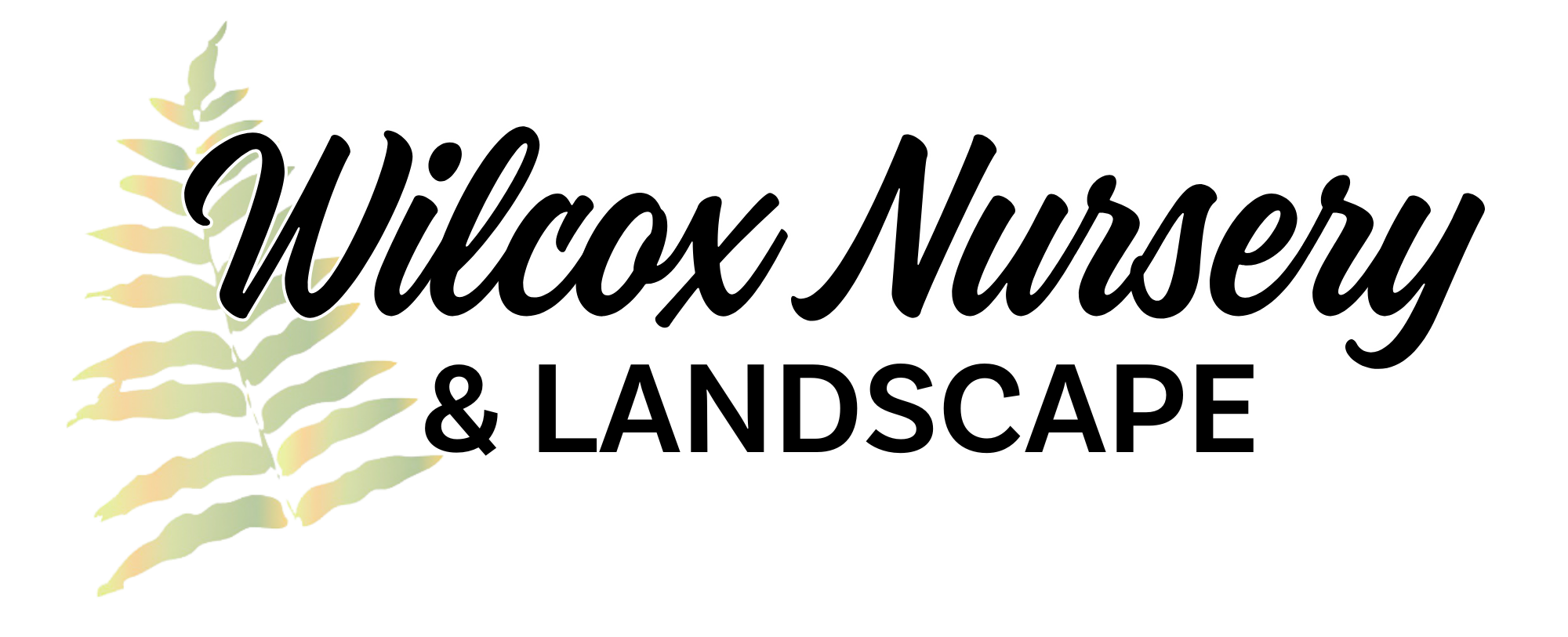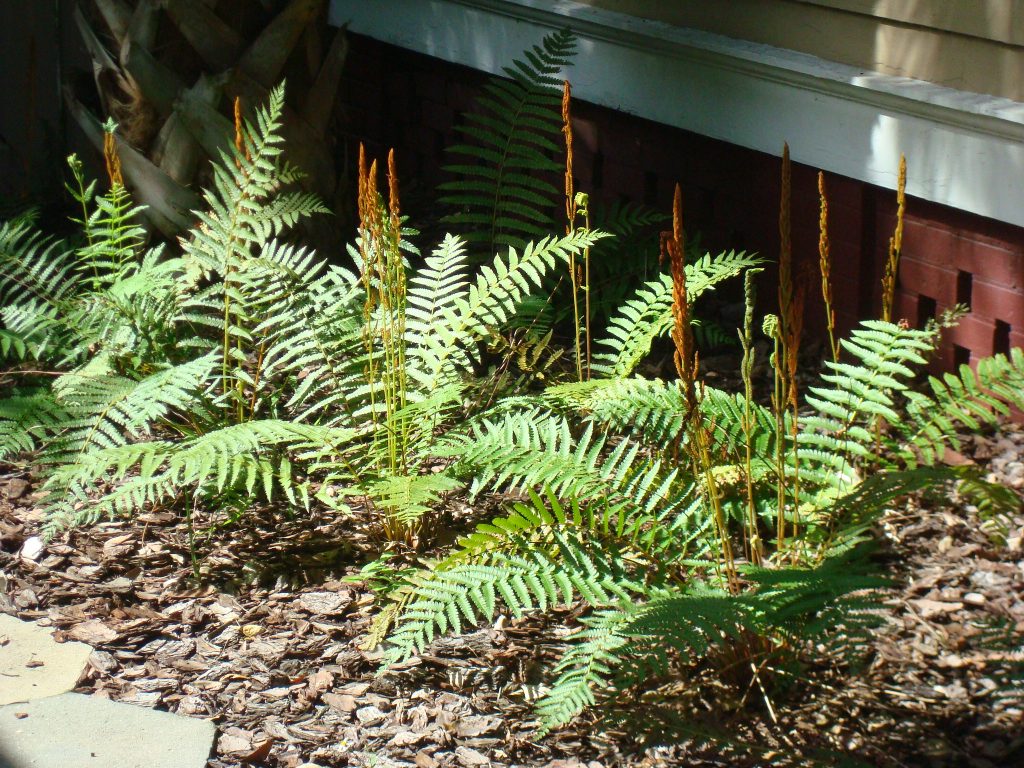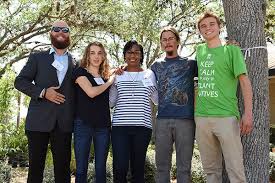Gardeners in Florida are lucky to live in a climate where they can grow gorgeous plants that grow nowhere else in the continental United States, such as bougainvilleas or citrus trees that can be left outside year round. However, if the gardener wants these special plants to thrive, they need to be:
• The right plant for the climate
• Planted in the right area
• Cared for in the right way
The Right Plant
Logically, you stand a greater chance of success with plants that are native to the area. At Wilcox Plant Nursery we can help choose or find the right plant. If you plan on buying a plant or seeds from a catalogue, it is important to pay attention to the hardiness zone the plant thrives in. Many plants have a wide range of hardiness zones they do well in. The Florida panhandle is in hardiness zone 8a, the center of the state is in hardiness zone 9b, while southern Florida is in hardiness zones 10a to 11. Plants whose hardiness zones fall outside of these parameters are most likely going to struggle unless they’re put in a greenhouse or otherwise protected.
The Type of Soil
Different plants prefer different types of soil. Some need moist loam that drains well, while others prefer soil that’s dry and infertile.
Sun Exposure and Other Considerations
Since the Florida sun can be so powerful, it’s important that you know how much sun the plant should be exposed to. You should also learn how much water and fertilizer a plant needs and whether it needs to be protected from wind or salty air. This is important if the garden is near the beach. Most plants benefit from mulch, which retains water and keeps down the weeds. The trick is not to mulch too thickly and to not let the much touch the place where the stem or trunk of the plant connects to the root, or the crown. This can cause rotting.
How to Plant
Seeds should be sown according to directions in a prepared area. Some seeds can be broadcast and lightly covered with a layer of tilth, but other seeds or bulbs need to be planted at a certain depth and at a certain distance from each other.
A plant or tree needs to be placed in a hole that’s about one and a half times the depth and width of its pot or its root ball. When the plant is removed from its pot, loosen the roots and make sure none of them are encircling the root ball. This can lead to girdling, which can kill a plant or stunt its growth.
Some plants are given a head start if some fertilizer or compost is placed into the hole then covered with tilth to keep the roots from being burnt.
Place the plant in the hole and add soil. At the end, the crown should be a little above the level of the soil. As with mulch, no soil should cover the crown. The hole is then thoroughly watered, the soil is tamped down, and the hole is watered again.
The plant or tree should be watered at least once a day for a couple of weeks until it’s established.
At Wilcox Nursery and Garden Center, you will enjoy an incredible selection of plants and supplies you need for any gardening project. In addition, we have an abundance of advice and guidance to help you customize the right combination of native and Florida Friendly plants. Please give us a call if you have any questions 727.219.9549.


